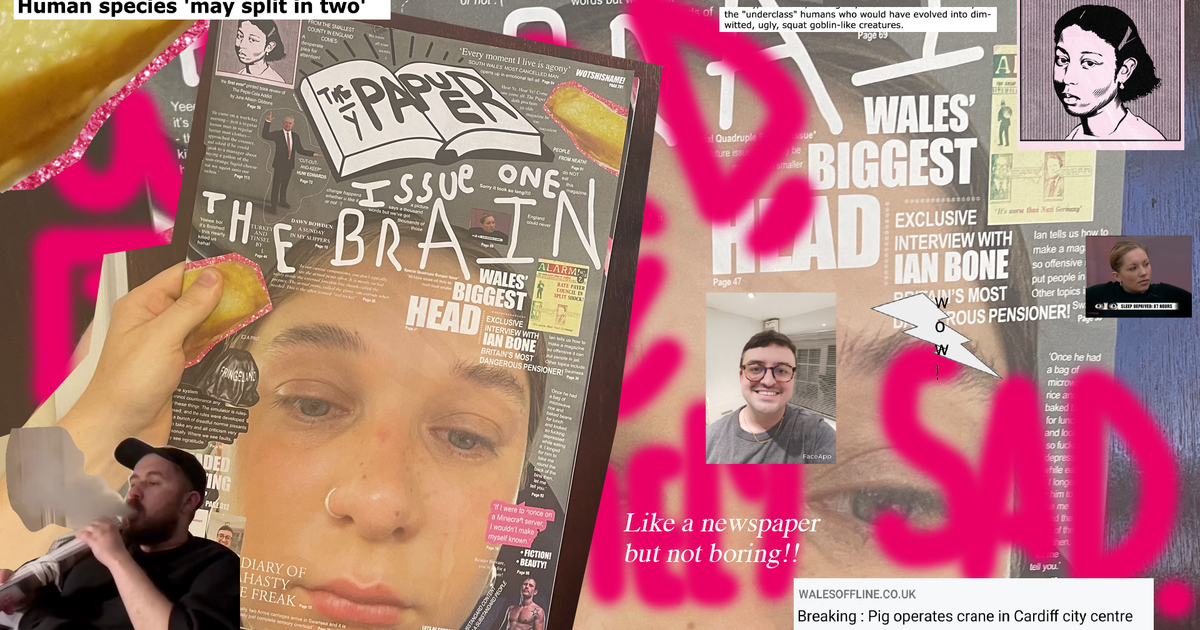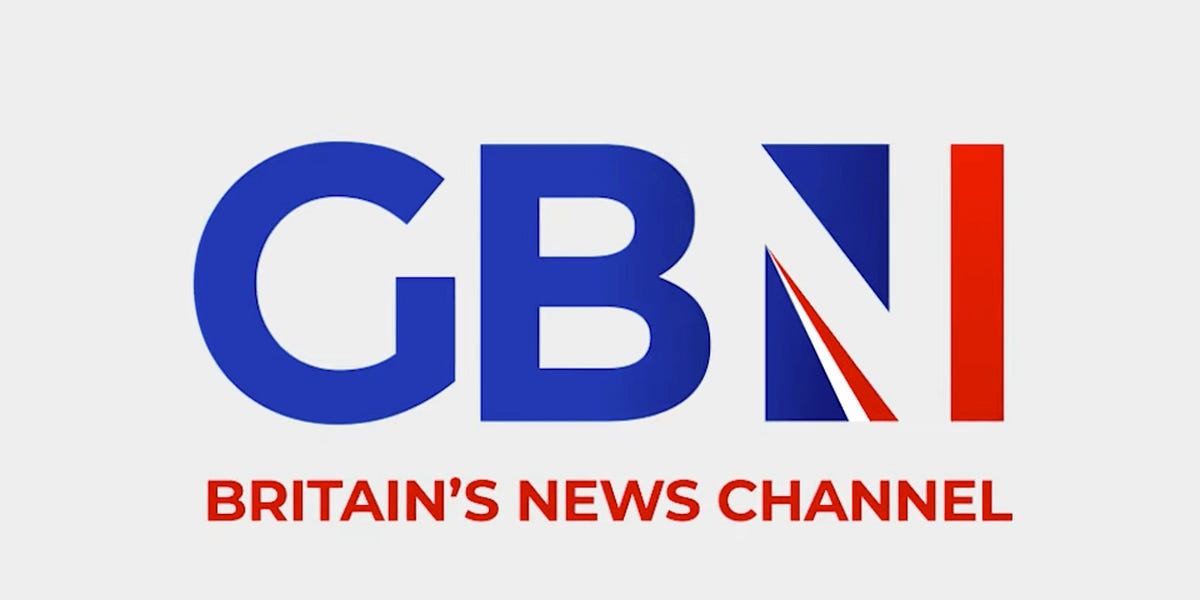- The Publisher Newsletter
- Posts
- Monday 2nd October: What kind of idiots still make magazines?
Monday 2nd October: What kind of idiots still make magazines?
Good morning! Today’s newsletter is brought to you by Esther.
The Audiencers Festival brings together publishing professionals to make better decisions when it comes to engaging, converting and retaining their audiences. Join Peter Houston and a host of other publishing friends in London on Oct 12th.
Today’s Media Roundup is brought to you by The Audiencers. (Book this ad slot).
We’re back! After what feels like the most fleeting of summer breaks, the podcast returns for its third season of the year, this time looking at some of the people, projects and trends which have defined the industry over the past twelve months.
This first episode looks at something I never thought I’d ever be discussing: a print resurgence. We couldn’t think of anyone better to join us than the editors of new B2B title The Grub Street Journal, which launched in spring this year asking the question “What kind of idiots still make magazines?”
Our own Peter Houston is one of the self-described two idiots, and editorial director Joanna Cummings also joins us to discuss why they picked such an insane time to launch a print magazine, learning the craft, and some early challenges.
Talking of idiots launching print magazines, it’s impossible to read this without smiling. The Paper (Y Papur) is a “brilliantly weird publication that aims to capture the “confusing, hopeless but hilarious” state of life in contemporary Wales. Or, in the team’s own words: it’s “one hundred-something pages of pictures and words by short, fat, genetically worse-off people.””
From our community forum: A report from Reuters has suggested that TV reach is down 30%. Do you watch the 10 o’clock news at 10 o’clock on the telly, or do you stream it from elsewhere? Join in the discussion (and make Peter feel really old).
The Laurence Fox/Dan Wootton/GB News saga continues, following another presenter’s suspension at the channel. Whatever your opinion of its content, it has managed to claim a “small but dedicated enough audience” to challenge mainstream outlets, as Charlotte Henry notes here. But it seems to be at a bit of a tipping point now about whether it becomes a glorified conspiracy channel, or a more serious operation with some actual rules in place.
We bang on about the need for diverse revenue streams all the time, and this will be nothing new to seasoned media professionals. But there are some neat examples here from RJI columnist Anita Zielina of how smaller newsrooms are diversifying to reduce market risk and volatility.
More from Media Voices






